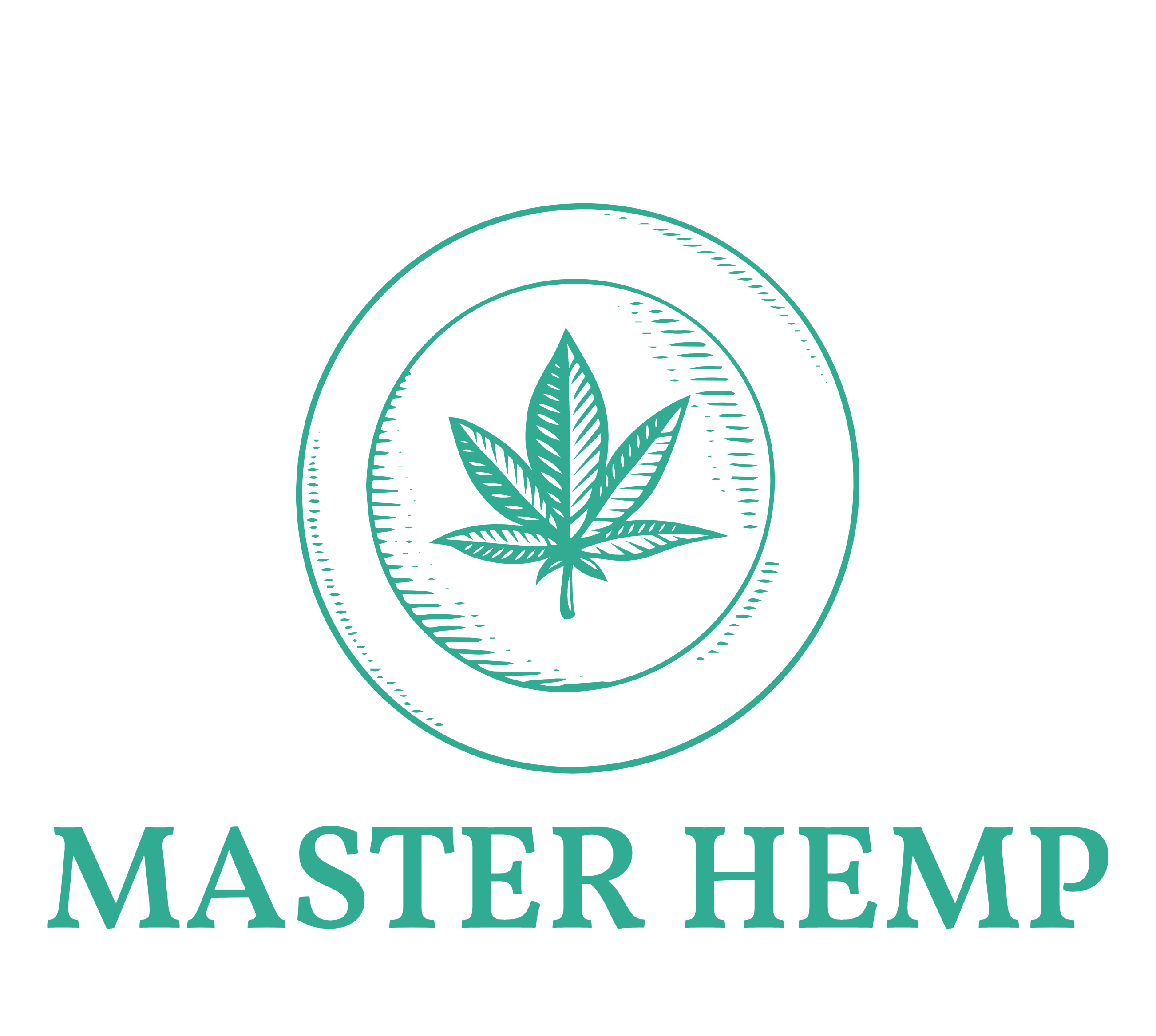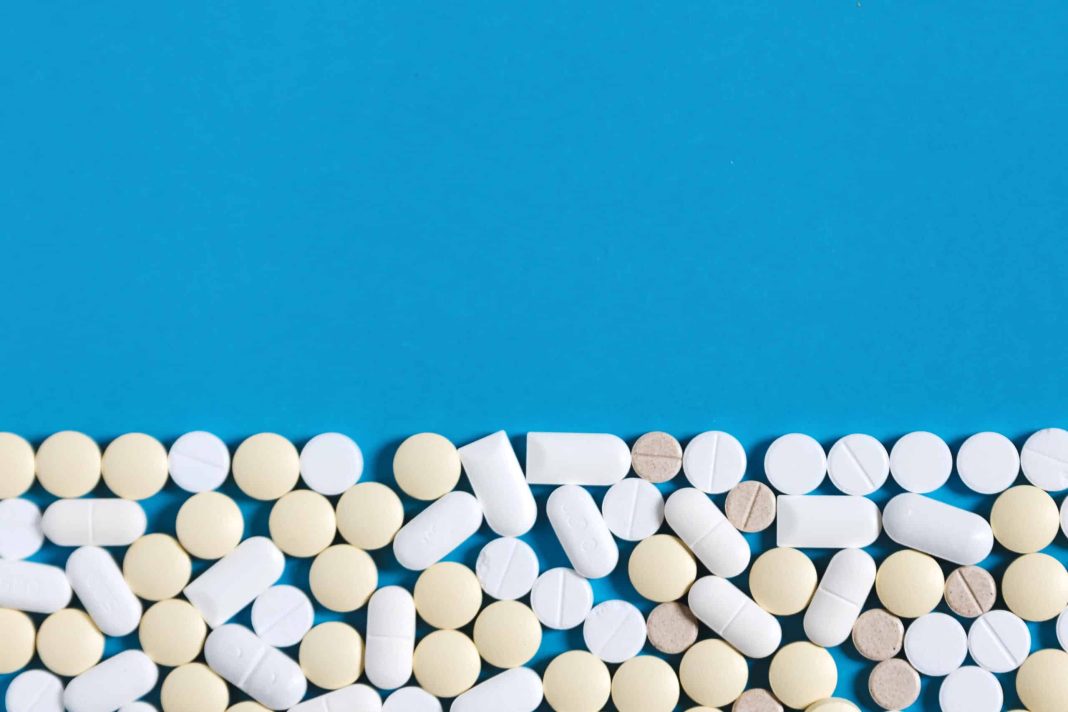As if we didn’t have enough modern-day conflicts already, we can now add drug shortages to the list as well. Last week, the Food and Drug Administration (FDA) announced a troubling shortage of life-saving medications – of particular concern are 14 medications that are used in oncology settings.
In total, new drug shortages increased by nearly 30% from 2021 to 2022, and by the end of 2022, we had reached a record-high of 295 active medications in short supply. Such undersupplies can occur for many reasons, including problems with manufacturing and quality control, production delays, and discontinuations.
Drug shortages near an all-time high
Shortages of life-saving medications for cancer and other terminal illnesses are reaching record levels, and thousands of patients are facing the possibility of not being able to access the treatments they depend on for life. Hundreds of drugs are in short supply, including sterile some chemotherapy drugs that are used for treating lung, breast, bladder and ovarian cancers, fluid needed to stop the heart during surgery, several antibiotics, a drug that reverses lead poisoning, and even a growing list of children’s medications.
“If these drugs are not available, people are going to get inferior care,” Dr. William Dahut, chief medical officer from the American Cancer Society said. “That’s the bottom line. These aren’t third- or fourth-line drugs where there are multiple other agents around. These are used upfront for people you are trying to cure.”
The reasons are many – supply chain issues, quality control, financial problems, licensing hangups, and the list goes on – but the answers and possible solutions remain vague. However, the problem is so widespread, with potential outcomes so dire, that the White House and Congress have taken notice. They claim the underlying cause of the shortage is a “faltering generic drug market”.
“This is, in my opinion, a public health emergency,” said Dr. Amanda Fader, a professor at the Johns Hopkins School of Medicine and a president-elect of the Society of Gynecologic Oncology.“Because of the breadth of the individuals it affects and the number of chemotherapy agents that are in shortage right now.”
The importance of preventative care and self-treatment options
For a long time, it seemed like Americans were living in a bubble, one that over the last few years, has mostly eroded around them. Facing unstable economic times, an affordable housing crisis, surge in violent crime, attack on women’s/abortion rights, and now, a nationwide medication shortage, people are getting worried. I think it’s safe to say that we might not always be able to rely on the powers that be to provide us with the things we need to survive, so it’s important that we take care of ourselves as best we can – and this is where the idea of preventative care comes into play.
Sometimes, it’s easy to do dangerous or unhealthy things when we have a safety net of prescription medications to fall back on. For instance, for one of my side gigs, I humanely relocate venomous snakes from people’s properties, as well as assist with snake aversion training for dogs. Sometimes, this involves a bit of freehandling of the rattlesnakes (no use of tools, gloves, or any other safety device), which I’ve always felt pretty lax about. However, now knowing that we’re headed into a snake antivenin shortage, do you think I’m a bit more careful about how I work with these animals? You bet your a** I am!
And while this is a pretty extreme example, it can be applied to many other situations and lifestyle choices. It’s not so daunting to stay eating unhealthy food and avoiding exercise when you can get a prescription to manage or treat diabetes, heart disease, high cholesterol, cancer and many other conditions. But what if these medications were no longer available? Would people put more thought and consideration into the food they eat, and how they live their lives?
Chronic diseases such as heart disease, stroke, diabetes, and cancer account for most our health problems in the United States, and an overwhelming majority of our healthcare spending. In several cases (if not most), these chronic diseases are caused by poor lifestyle choices such as smoking and drinking, poor diet, and lack of exercise. So in other words, they are completely preventable.
Check out the following statistics from the CDC:
- Chronic diseases are the leading causes of death and disability.
- 70% of annual deaths are due to chronic diseases.
- These preventable conditions not only compromise quality of life, they add to rising health care costs—75% of our health care dollars are devoted to treat these diseases.
- Among adults ages 20 to 74, diabetes remains the leading cause of kidney failure, blindness, and non-traumatic lower-extremity amputations.
Luckily, poor lifestyle is not a shackle or death sentence. You can change what you’re doing and it can have a huge impact on your health. Not only can these lifestyle changes prevent you from developing chronic diseases in the future, but they can reverse many health conditions as well.
Eating to prevent and reverse disease
Eating healthy is one of the absolute best things you could do for your health. A well-balanced diet promotes both the prevention AND reversal of numerous different chronic diseases including cancer, diabetes, CVD, and obesity. The last one can be controversial, but note that obesity is considered a “complex disease” and “significant public health hazard” by the Centers for Disease Control and American Medical Association. Obesity has been officially recognized as a disease since June 2013.
“Of the ten leading causes of death in the United States, at least seven, including the top four, are directly related to diet choices,” Michelle McMacken, MD, assistant professor of medicine at New York University School of Medicine, said during her presentation. “These conditions include heart disease, cancer, lung disease, cerebrovascular disease, Alzheimer’s, diabetes and kidney disease.”
“Nearly half of all deaths due to heart disease, stroke and diabetes are due to poor, suboptimal diet,” she added. “We now know that a poor diet is responsible for more deaths from chronic disease at the population level than smoking… Most of our patients know that it’s probably not a good idea to smoke, but I don’t think they have a sense of the magnitude of the importance of the food choices they are making every day,” she added. “We have the power to prevent about 80% of chronic disease through simple lifestyle habits and of those, nutrition is at the top of the list,” she continued.
According to McMacken, foods fall into three different nutritional categories: “healthful, debatable, and unhealthful”. The “healthful” foods include whole grain, legumes, fruits, vegetables, seeds, and nuts have all been proven to promote good health and prevent disease. “Debatable” foods such as poultry, eggs, dairy, and fish can be either beneficial or harmful, depending on many factors such as if the animal in question is fed well and free of antibiotics or if it was collected from a polluted environment.
Unhealthful foods can include sugar, refined grains, processed foods (including meat), and red meat. Although red meat is considered by many to be relatively healthy, and it’s true that it is a great source of protein, iron, vitamin B12, zinc, and other important nutrients; it’s also very high in saturated fat and sodium. In doses, it’s not bad, but research shows that overconsumption can lead to numerous health problems including diabetes, high blood pressure, heart disease, and certain types of cancer. And sugars play a major role in the acceleration of coronary artery disease.
Studies also show that people who adhere to a vegetarian diet have an up to 29% decreased risk of mortality, and an up to 32% decreased risk of overall illness. “Fruits and vegetables are associated with tremendous CV risk reduction… Just two and a half servings of fruits and vegetables a day lowered your risk of coronary heart disease by 8%, stroke by 16% and dying of anything by 10%,” McMacken said. “If you can get your patients to add just one or two fruits or vegetables a day, that is clinically meaningful in terms of CV risk and mortality,” she added.
Self-treating with herbs, supplements, cannabis and psychedelics
Although the common belief is that herbs and supplements are not as effective as pharmaceuticals, that’s often not the case. Many pharmaceutical and OTC drug formulations are modeled off herbal remedies, and over 70,000 different plant species have been screened for their potential use as medicines.
In recent decades, several antitumor drugs have been derived from plants, including paclitaxel (from Taxus brevifolia) and camptothecin, using fractionation techniques based on bioactivity. Only about one in 10,000 screened compounds are eventually proved to be safe and effective by regulatory authorities. Even at late stages of clinical trials, approximately one in two drug leads fail to make the mark.
There have been many examples of drugs that are released commercially, only to be pulled within weeks, months or years due to unacceptable side effects. This high degree of uncertainty has led to a focus on plant-based chemicals for drug discovery, especially since these are seen as safe and more effective than synthetic chemicals.
Final thoughts
Hello readers. We’re happy to have you with us at Cannadelics.com; a news source here to bring you the best in independent reporting for the growing cannabis and hallucinogen fields. Join us frequently to stay on top of everything, and subscribe to our Cannadelics Weekly Newsletter, for updates straight to your email. Check out some awesome promos for cannabis buds, smoking devices and equipment like vapes, edibles, cannabinoid compounds, amanita mushroom products, and a whole bunch more. Let’s all get stoned together!





